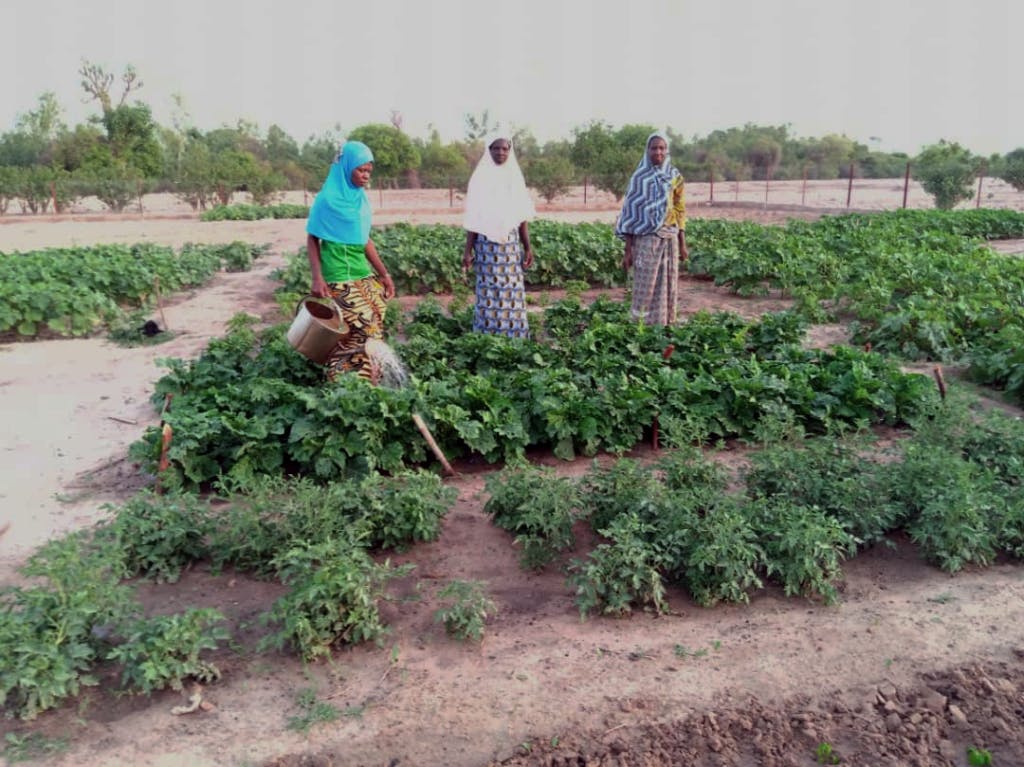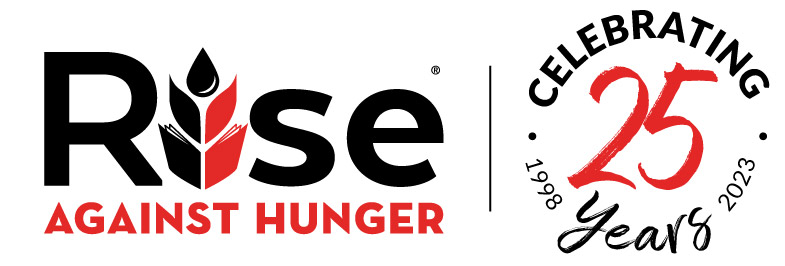FAO Reports 828 Million Face Hunger Worldwide — Here’s How You Can Help

As many as 828 million people around the world are facing hunger. That’s the latest information from the recently published The State of Food Security and Nutrition in the World 2022 (SOFI), the Food and Agriculture Organization (FAO)’s annual report on the current state of hunger and food insecurity.
The report also states that rates of hunger are increasing, with an estimated 46 million more people facing hunger in 2021 than in 2020. The three Cs — conflict, climate change and coronavirus (including its economic impact) — continue to be major drivers of global hunger. Additionally, around 2.3 billion people, nearly 30% of the global population, are food insecure, meaning they do not have regular access to the nutritious food they need to live a healthy life.
While the report’s findings are upsetting, they also reinforce a crucial fact: immediate action is needed to address the critical issue of hunger. Rise Against Hunger is continuing our work to alleviate food insecurity and address its root causes — and you play a crucial role in our work to serve affected communities across the globe.
How is Rise Against Hunger’s work addressing the report’s findings?
With almost 10% of the world’s population, or one in every 10 people, undernourished, our commitment to addressing food insecurity in hunger pockets around the world is unwavering. Africa, Asia, and Latin America and the Caribbean are the regions with the highest prevalences of hunger. In 2021, our organization’s work concentrated in these three regions; 50% of the people we served live in Africa, 24% in Asia and 26% in Latin America and the Caribbean.
The SOFI report indicates a gender gap in food insecurity, too. Nearly 32% of women faced moderate or severe food insecurity compared to 27.6% of men. We focus on promoting gender equality through many of our Empowering Communities projects. For example, the Elevating Women and Youth Farmers project in Mali aims to ensure agricultural land, livestock ownership and climate-smart agriculture training are attainable. Only 5% of Malian women are landowners and 64.2% of women in rural areas live below the poverty line. The project supports increased knowledge and access to resources to enable women and youth to have more opportunities to increase the availability of nutritious foods in their communities.

The report projects that nearly 670 million people will still be facing hunger in 2030 — 78 million more than if the pandemic had not occurred. Rise Against Hunger strives to reduce this number. Through our Pathways to End Hunger, Rise Against Hunger plans to exponentially expand our work. In 2021, we impacted more than 2.7 million lives in 29 countries; by 2030, we have a goal to reach 60 million food insecure people annually.
How can you take action to help alleviate global hunger?
As Rise Against Hunger continues to serve those affected by food insecurity and works to expand our impact, you can get involved! Here are actions you can take from wherever you are:
- Donate to support communities around the world as they journey out of hunger.
- Host your own meal packaging event! By hosting a meal packaging event, you and your group will have a hands-on opportunity to create an impact. The nutritious meals packaged at Rise Against Hunger Experience meal packaging events are shipped and distributed to the communities we serve across the globe.
- Spread the word! A global movement of momentum and action is crucial to ending world hunger. By telling your friends and family about the importance of addressing hunger and Rise Against Hunger’s mission, you can help to grow our movement. We recently released an updated Pathways to End Hunger video (seen below), which explains how Rise Against Hunger is tackling food insecurity. Share this video with your friends and family to start a conversation about global hunger.

